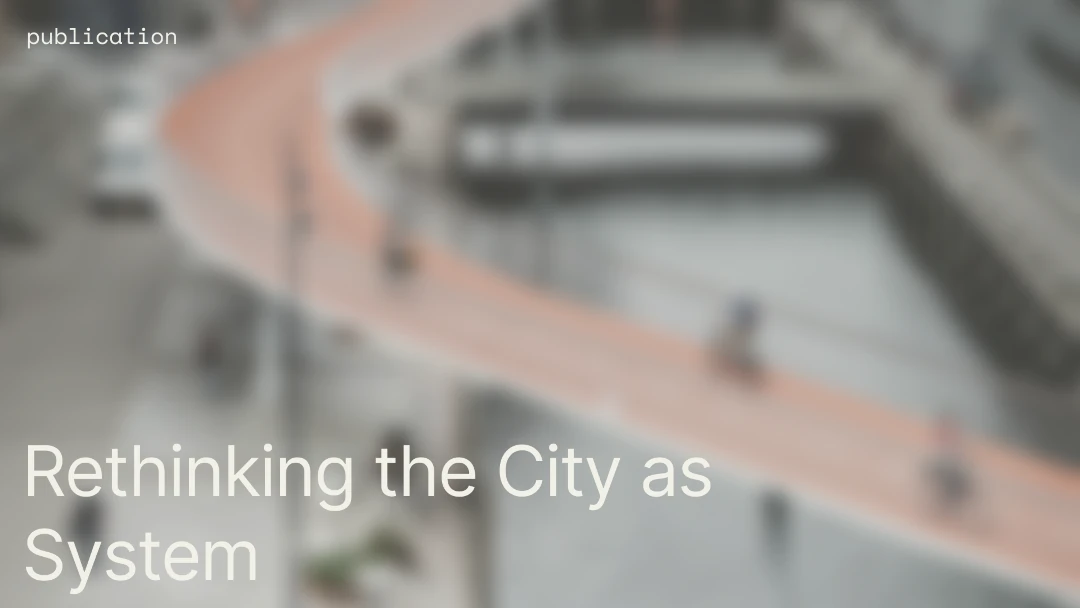
Bio
Elizabeth Gilligan is founder and CEO at Material Evolution. She earned her PhD in sustainable concrete from Queen’s university Belfast. She has been named on the Forbes 30 under 30 list of innovators and whilst in industry worked on some of the world's top architectural projects like the apple campus and Bloomberg. She is a previous google fellow and is working to rapidly and radically reduce carbon emissions in the cement industry.
What drives you the most?
How can you sit on the side, while the climate crisis gets worse every year. After my PhD I was offered a quick route to professorship which would have led me to write academic papers for the next 15 years but not have made the impact I wanted to make. For me it didn't seem like the right choice. A core belief for me is the idea that everyone can make a difference and I wanted to “practice” what other people preach. I didn't want to spend my time writing all these papers for 4 people to read. I wanted to make a real difference. So instead I launched Material Evolution, because I believe that new technologies, new innovations, and especially the new generations are going to be the one to change the climate crisis.
How did you start Material Evolution and what was your main purpose?
Having worked within the industry it felt like one needed a PhD to understand or work with sustainability in the cement space. Seeing how the industry was filled with greenwashing, I started looking into different methods and techniques to make cement in a better way. I was thinking to myself, could we make cement without heat? So I convinced my parents to convert our garage into a lab and that's actually where the first product of Material Evolution was made. We bought our first machine off of eBay because we had no money at that point and we tried to further prove the concept of not using heat.
Our end-vision is to make cement carbon neutral or even negative. At the moment we have reached around 85% and we have a pilot facility that can produce four tonnes an hour.
In the end though, we don't believe there's going to be one single material that saves the world. It's going to come down to hardware and software coming together in the right way and that's why we use a mixture of ML models and hardware to understand materials and keep their consistency.
What do you consider as the main barriers for pushing the sustainable agenda forward?
So there's a lot of work being done on changing the standards from prescriptive in materials that can be used to a testing based standard that does not describe a materials source. It shouldn't be about the prescription, the "recipe" of what the "cake" is made of. We should ask instead, What does it do? How does it perform? And how do we make those parameters performance-based standards? I think that's a huge piece of the equation that's being worked on.
But it's also clear that scale is a huge factor. If a new material is wanted but can't be produced at scale, that's a problem.
Another barrier for new materials to grow is the cost of scaling and the perceived risks of using new construction materials.
Given that scaling is so difficult, how do we even get to the stage of accelerating and replacing existing materials?
I think many companies can make a difference today. This was a conversation we had during New York Climate Week on how carbon tax will entirely change the game, opening the doors for all these innovations. But companies today can already put an internal price on the carbon of tomorrow. They can start charging themselves for that carbon tax and that would already make traditional cement economically worse. Many companies like Microsoft and Volvo have started to do this but the problem is that it hasn't been translated to the construction industry yet.
Education needs to be core when scaling new materials as I believe many people want to do the right thing but they don't know how. So how do you get them up to speed? What are the newest materials? How do you incentivise them? And how do you make it easier?
If we don't pay the price now, it's gonna cost us a hundred fold in the future.
There is a big divide and ongoing debate around the whole cement vs. wood usage. What's your position there?
I think cement is an amazing material; it's very flexible as it can go from liquid to stone and it's overall a wonderful material to work with. It's the emissions that are the big problem. If we could get rid of those, cement wouldn't be such a threat for our planet.
Also, we need to consider the whole lifecycle of a building. How much maintenance will it require? And then we need to push the envelope on what is possible with these new materials. It has to be based on informed decisions and localised to each project.
Talking about education and making it easier to get more people on board, what role do you think data and LCA play in this?
I think we need a universal language. For Material Evolutions, it's fundamental to who we are. There is no point in lying about the numbers, because our core mission is to save the planet. The methodology has to be universal and needs to be a true reflection on the materials supply chain. We need to be comparing like for like in numbers.
What do you imagine the built environment should look like in 2030?
2030 is not really that far away. Overall I would say, greater transparency on material supply chains. I would love it if we knew how to digitise our buildings. Buildings today are such black boxes. Things will really change once we have transparency and information, not just on the materials, but the building itself, to kind of treat them like we do with health checks or food labels. I also would love it if no one actually owned building materials anymore but rather leased them. So when it's at the end of life, it would be my job as a company to make sure we took it back. We would know how to dispose of it, reuse it, or deconstruct it.
Finally, the last question is free for interpretation. What is your advice for those who strive to change the industry for the better?
Never give up. There will be many hard conversations, and people will get uncomfortable. You're asking to change what is business as usual for many. It's also about being humble. The depth of expertise in these big companies is unrivalled, so how do you bring them on the journey? There is so much knowledge and we have a lot to learn from each other, which means it's about building partnerships. The only way change will really happen is through collaboration, find your champions. And finally, build a good team around yourself.




























